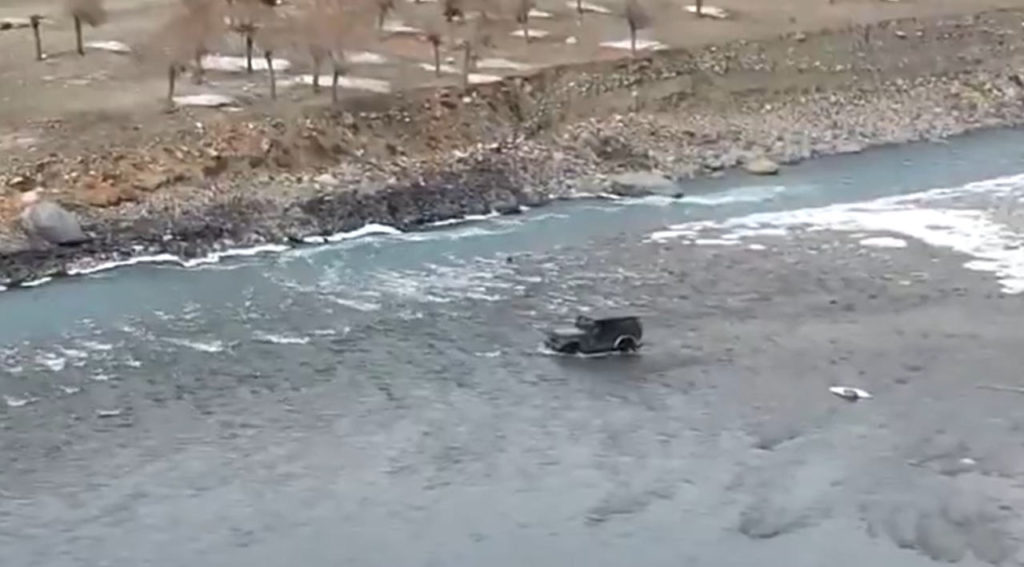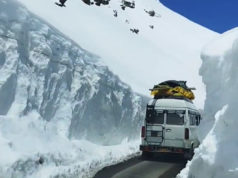
In a recent incident that has sparked concerns about the impact of tourism on the fragile ecology of the Himalayan region, the Himachal Pradesh Police issued a challan after a video went viral on social media. The footage showed tourists driving a Mahindra Thar in the Chandra River of Lahaul and Spiti.
The district police swiftly responded to the incident, challenging the vehicle under the Motor Vehicles Act, 1988. Superintendent of Police Mayank Chaudhry stated, “Recently, a video went viral in which a Thar is crossing the river Chandra in District Lahaul Spiti. The said vehicle has been challenged under the Motor Vehicles Act, 1988 and to ensure that no one commits such an offence in the future, the district police have deployed police personnel at the said place.“
The viral video highlighted the reckless behaviour of tourists, raising concerns about the potential environmental impact on the delicate ecosystem of the Chandra River and the surrounding area. The incident underscores the need for strict enforcement of regulations to protect the region’s ecology.
As the festive season brings an influx of tourists to Himachal Pradesh, particularly attracted to the famous Atal Tunnel, the region is grappling with challenges related to increased traffic. On a single day, a record-breaking 28,210 vehicles crossed the Atal Tunnel, leading to heightened hotel occupancy rates in key hill resorts of Shimla and Manali.
The surge in tourist numbers, however, comes with its share of irresponsible behaviour. Another incident was reported where a tourist was seen driving a vehicle with both front doors open, risking the safety of occupants and causing a traffic jam on the Manali-Atal Tunnel Road.
To manage the escalating traffic and address traffic violations, the police in the Manali region have turned to innovative solutions, including the use of drones. Over 65,000 vehicles entered the Kullu district in the last five days, prompting authorities to take proactive measures to ensure public safety and manage the impact on the local infrastructure.
These incidents highlight the urgent need for a comprehensive approach to tourism management in the Himalayan region. Beyond enforcement measures, there is a crucial role for public awareness campaigns and educational initiatives to promote responsible tourism practices. Striking a balance between the economic benefits of tourism and the preservation of the delicate Himalayan ecology is essential for the sustainable future of this breathtaking destination. Authorities continue to work towards enforcing regulations and fostering a sense of responsibility among visitors to safeguard the unique natural beauty of the region.








